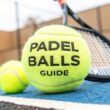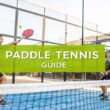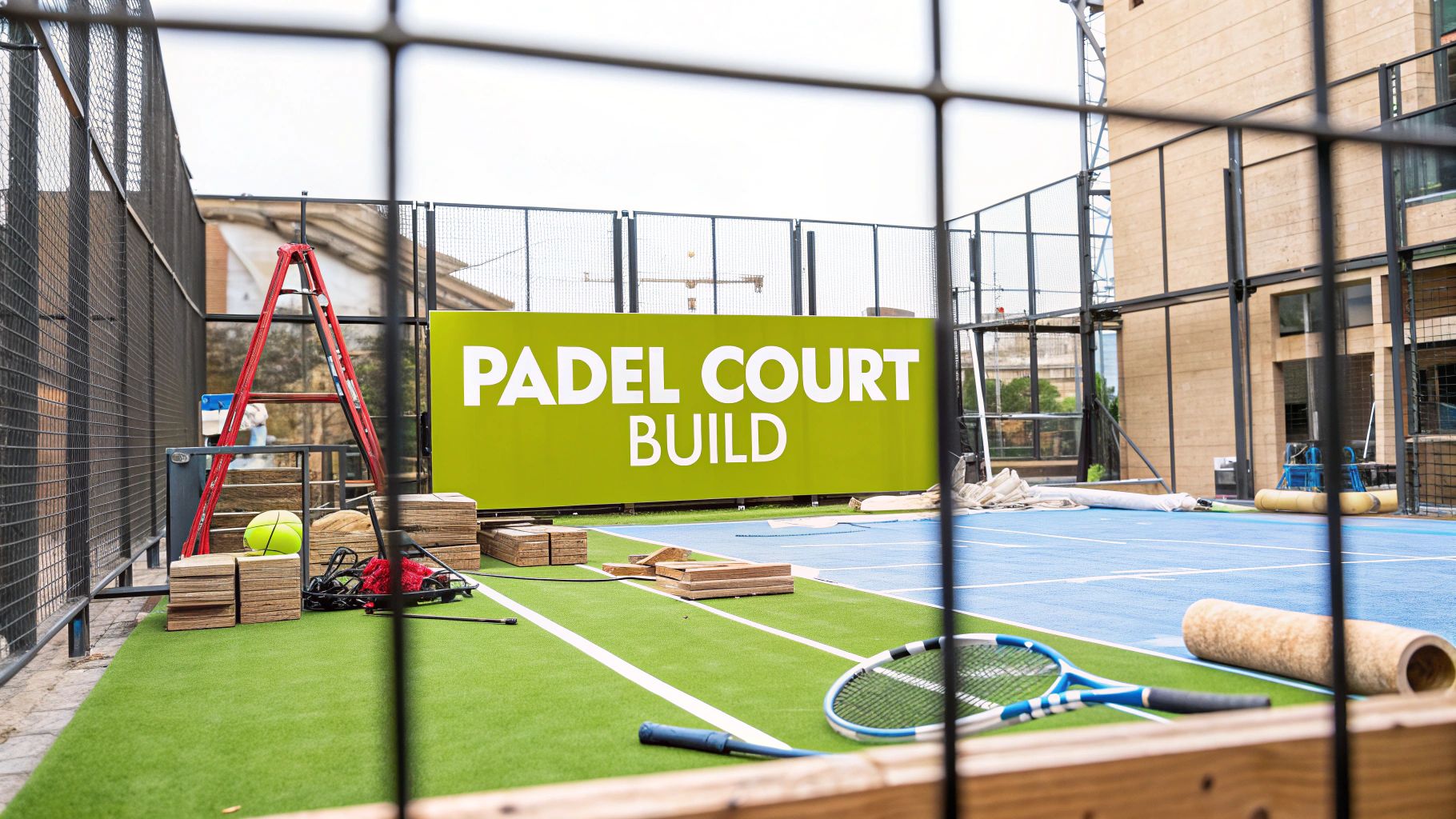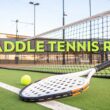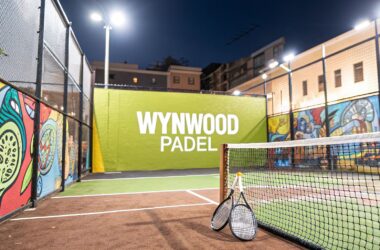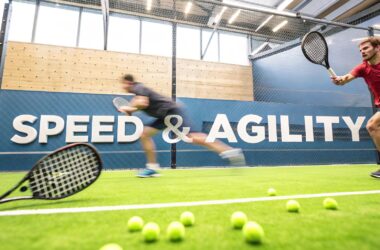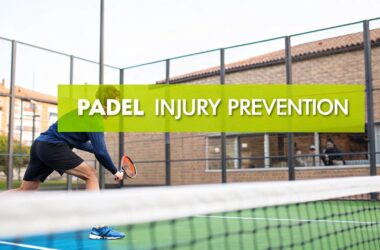Building a padel court is a serious undertaking. It’s a process that goes way beyond just laying down some turf and putting up glass walls. Before you even think about breaking ground, the real work begins with careful planning. Getting these early stages right—from picking the perfect spot to navigating all the paperwork—is what separates a top-tier court from a project plagued with expensive headaches down the road.
Planning Your Padel Court Project
Let's be clear: the success of your padel court is decided long before a single shovel hits the dirt. This isn't just about finding an empty piece of land. It’s a strategic game of evaluating a site's true potential, understanding how the environment will impact your court, and getting all your legal ducks in a row.
A solid plan is your project's blueprint. It helps you dodge risks and paves the way for a smooth construction process. And let's face it, managing a project of this scale is all about managing risk. If you're looking to really get into the weeds on this, there's a great practical guide to managing risk in project management that offers some fantastic insights.
This kind of careful planning is more crucial than ever. Padel is exploding. The global court count has shot up to an estimated 63,000 courts as of 2024, which is a massive 26% increase from the year before. While the U.S. is still catching up with just over 200 courts, experts are predicting a massive surge to somewhere between 20,000 and 30,000 courts by 2030. That’s a huge opportunity. You can dive deeper into these incredible numbers in this detailed report on padel growth.
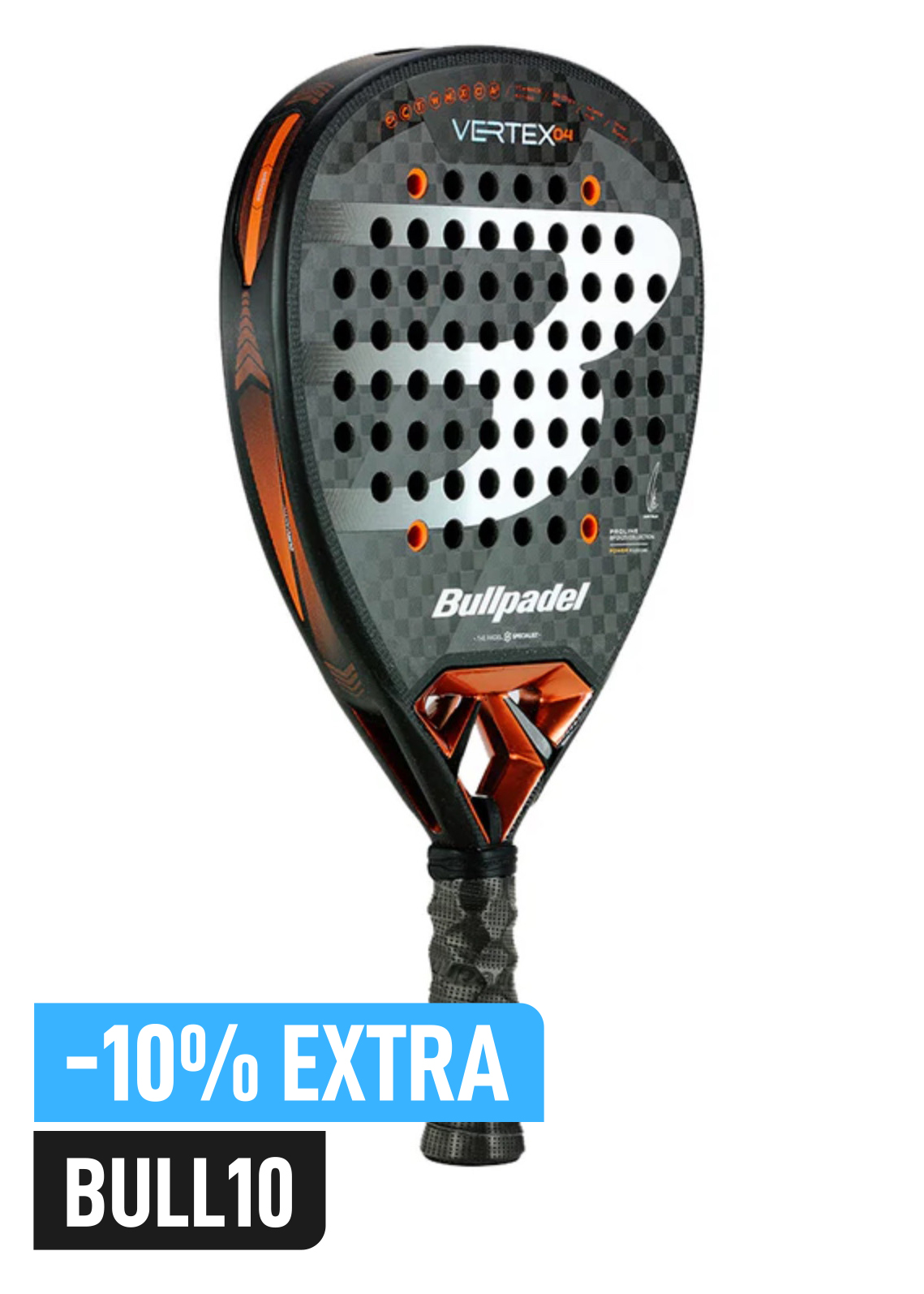
Buy the best padel gear to level up your next game!
CHECK OUT this deal from Padel Market!Get ready to take your game to the next level with the latest padel gear from Padel Market! Fast EU and Worldwide Shipping
Choosing the Right Location
Your first big move is picking the site. Not all open spaces are created equal, and this choice can make or break your venture. You've got to think about how easily players can get there, how visible the location is (especially for a commercial club), and whether you have easy access to essentials like water and electricity.
A classic rookie mistake is underestimating the total space you need. Sure, a standard padel court is 10 meters by 20 meters, but that's just the playing area. You absolutely need more room around the edges for walkways, drainage, and maybe even some seating. A good rule of thumb is to budget for at least 11m x 21m for the court itself, plus a healthy buffer zone around it.
Key Site Evaluation Factors
Once you've zeroed in on a potential spot, it's time to dig deeper. A few key factors can drastically affect your construction costs and how well the court holds up over time.
- Soil and Ground Conditions: Is the ground actually stable? A geotechnical survey is your best friend here. It can uncover nasty surprises like unstable soil or a high water table, both of which mean more complex (and expensive) foundation work. Skimp on this, and you could be looking at a cracked concrete slab down the line.
- Drainage and Topography: Nobody wants to play on a soggy court. The site needs a way to handle rainwater effectively. Ideally, the land will have a slight, natural slope to help with runoff. If it’s pancake-flat, you'll need to factor a subsurface drainage system into your budget.
- Court Orientation: This is a huge deal for outdoor courts. To keep the sun out of players' eyes, the best orientation is along a north-south axis. This simple trick prevents one team from being blinded by the rising or setting sun during those prime-time playing hours.
Pro Tip: Go hang out at your potential site at different times of the day. See where the sun is, watch for shadows from nearby trees or buildings. You'd be surprised what you notice that could impact gameplay.
Navigating Permits and Regulations
Before you get too attached to your plans, you have to talk to the city. Understanding local zoning laws and building codes is non-negotiable. Building a padel court often requires a stack of permits for everything from the initial digging and concrete pour to the electrical hookups for the lights.
A quick call to your local municipal planning office early on will save you a world of hurt. Getting caught without the right permits can lead to massive fines and completely derail your timeline. Don't skip this step; it's what keeps your project moving forward legally and without any nasty surprises.
Building the Foundation and Structural Frame
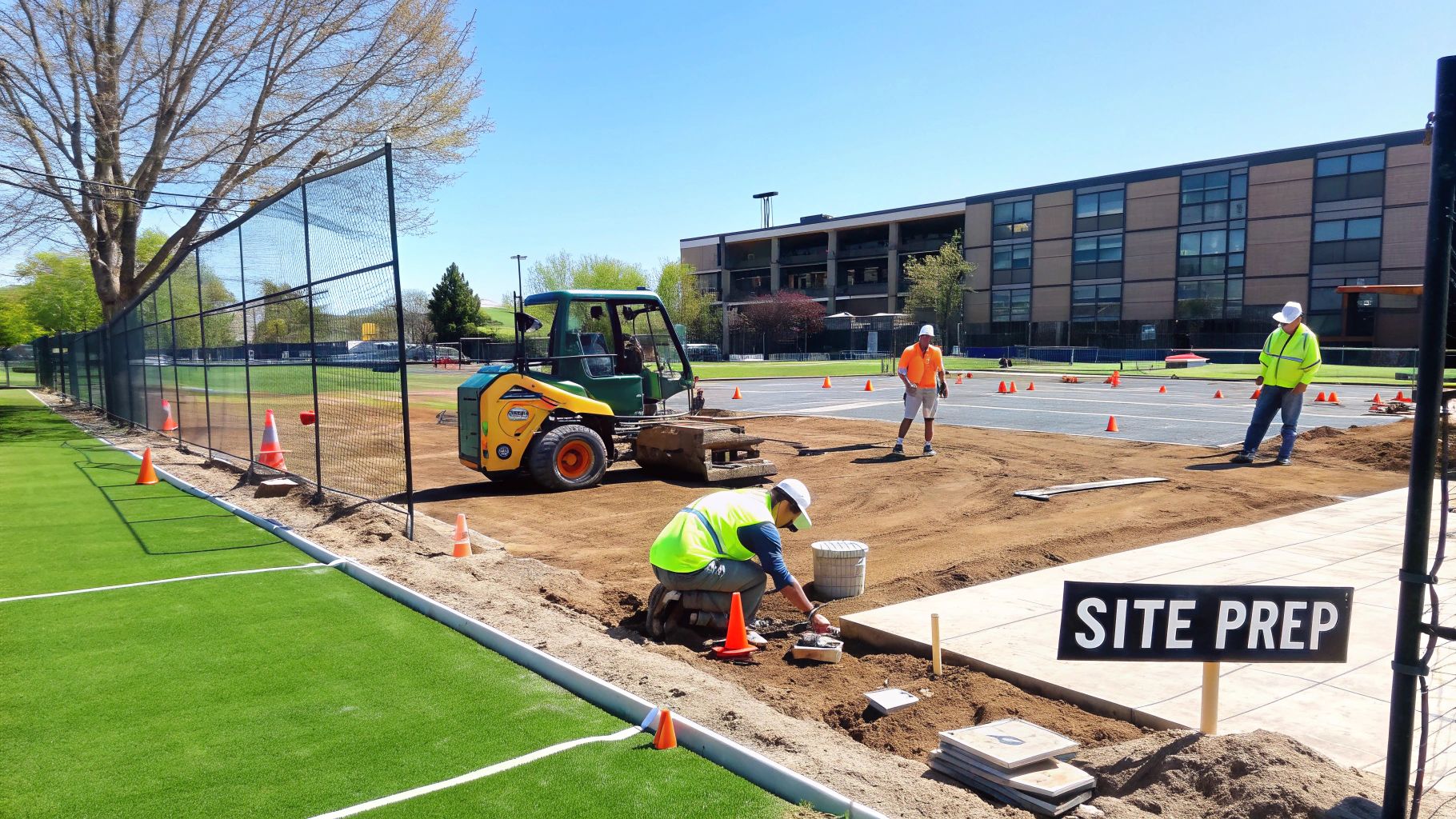
Alright, you’ve got your site prepped and the permits are in hand. This is where the real fun begins, and you get to see your padel court start taking shape.
From my experience, the foundation and frame are where you absolutely cannot cut corners. A court's entire lifespan and playability hang on this stage. Trying to save a few bucks here is a classic mistake that will cost you dearly down the road.
The foundation is the unsung hero of any quality padel tennis court construction. It's what gives you that perfectly level base for a true ball bounce and, just as importantly, player safety. Get this part wrong, and you're signing up for a future of drainage headaches, premature turf wear, and even serious structural problems.
Choosing Your Foundation Material
For most projects, a reinforced concrete slab is the gold standard. We're talking about pouring a concrete base, usually 10-15 cm thick, that's been reinforced with a grid of steel rebar. This process creates an incredibly stable and flat surface that’s perfect for laying down artificial turf.
Now, if you're building in an area that gets a lot of rain, you might want to look into porous concrete. It's a fantastic alternative that lets water drain right through the surface, which can save you from designing complex drainage slopes. The only catch is that it's typically more expensive and you'll need a contractor who knows how to work with it.
A well-laid foundation is non-negotiable. We once saw a project where the contractor tried to save money by pouring a thinner, non-reinforced slab. Within two years, cracks appeared, the turf became uneven, and the entire court had to be torn up and rebuilt at a massive loss.
Erecting the Steel Superstructure
Once the concrete has fully cured, it's time to build the court’s skeleton. The structural frame, made of steel posts and mesh panels, is what encloses the playing area and is vital for both the game and player safety.
For any outdoor court, using hot-dip galvanized steel is a must. This isn't just regular steel; it's coated in a layer of zinc that protects it from rust and corrosion for decades.
The frame itself needs to be tough enough to handle players crashing into it and strong enough to withstand heavy winds. Here are the specs we typically see:

Buy the best padel gear to level up your next game!
CHECK OUT this deal from Padel Market!Get ready to take your game to the next level with the latest padel gear from Padel Market! Fast EU and Worldwide Shipping
- Corner Posts: Usually 80x80mm or 100x100mm square tubing for rock-solid stability.
- Intermediate Posts: Slightly smaller posts, often 80x40mm, run along the sides for support.
- Welded Mesh: The wire mesh should be at least 4-5mm thick with a 50x50mm grid so it doesn't get bent out of shape from ball impacts.
The whole structure gets bolted directly into the foundation with heavy-duty anchor bolts, creating a super rigid enclosure. Precision is everything here. If the posts are even slightly out of alignment, you're going to have a nightmare on your hands when it's time to fit the glass. You can find more details on different court designs by checking out sites that cover padel court news and developments.
Installing the Glass Walls
The glass walls are what make padel, well, padel. They're an active part of the game, and safety is the absolute top priority. Every single panel must be tempered glass, which is designed to crumble into small, dull pieces instead of dangerous shards if it breaks.
You'll have a choice between 10mm and 12mm thick panels. While 10mm glass gets the job done, we always recommend 12mm glass for clubs and commercial venues. It’s much more rigid, sounds better when the ball hits it, and just feels a whole lot safer for the players.
Installing these panels is a meticulous job. Each one is incredibly heavy and has to be lifted into place and secured to the frame with specialized clamps and neoprene gaskets. This setup holds the glass firmly while still allowing for tiny movements as temperatures change, ensuring a perfect, consistent rebound every time.
Selecting and Installing the Playing Surface
Once your foundation is solid and the structure is up, it's time to focus on the part that truly makes or breaks the player experience: the playing surface. This isn't just a floor; the artificial turf is the heart of the court. It governs everything from how the ball bounces to how players move, making it one of the most important decisions in the entire build.
Choosing the right turf isn't just a matter of picking a color you like. The type of fiber, its density, and the amount of sand infill all combine to create a distinct playing style. This choice is what determines if your court will feel fast and competitive or a bit more forgiving for recreational play.
The demand for top-notch courts is absolutely exploding along with the sport itself. Right now, there are about 40,000 padel courts worldwide, but that number is expected to hit 85,000 by 2026. This massive growth, especially in places like France and the UK, really highlights why getting the materials right is so critical. You can get more details on this incredible global expansion on Padel Court Quotes.
Understanding Turf Fiber Types
When you start looking at turf options, you'll mainly hear about two types: monofilament and fibrillated. They look and play differently, and they also need to be cared for differently.
- Monofilament Turf: Think of this as the premium choice. It's made of individual fibers that stand straight up. This structure lets the silica sand infill settle down deep, giving you a faster game and a truer, more consistent ball bounce. It’s also known for looking great and lasting a long time.
- Fibrillated Turf: This type uses wider fibers that are designed to split (or "fibrillate") over time. This creates a sort of net that does a better job of holding the sand in place. It can be a bit easier on the budget upfront, but the sand tends to sit closer to the surface, which can slow the game down and make the court feel compacted over the years.
For any club that wants a professional feel and a surface that will stand up to heavy play, monofilament is almost always the way to go.
Expert Insight: Players can feel the difference immediately. A monofilament court allows for better pivots and slides, reducing the risk of joint stress. The sand stays mobile under the surface, which is key to a fast-paced game.
The Crucial Role of Sand Infill
The artificial turf is only half the story—the real magic is in the sand infill. And no, you can't just use any sand. It has to be high-quality, rounded silica sand that’s been graded specifically for sports surfaces. The rounded grains are key; they prevent the sand from locking together and compacting, which would turn your beautiful court into a hard, unforgiving surface.
How much sand you use is just as important. The target is usually around 8-12 kg per square meter. You need enough to support the turf fibers, but not so much that the court becomes slow or slippery. This layer of sand is what gives the court stability, controls the ball speed, and helps with drainage.
Laying the Turf: The Installation and Seaming Process
Laying the turf is a job that demands precision. The large rolls of artificial grass are carefully cut to size and rolled out across the concrete base. The most critical part of the whole process is the seaming—the art of joining the individual rolls together seamlessly.
This is also when the court's layout and chalk lines are marked out with absolute precision to meet official dimensions. The image below gives you a good idea of how these markings are planned out on the surface before any final cuts are made.
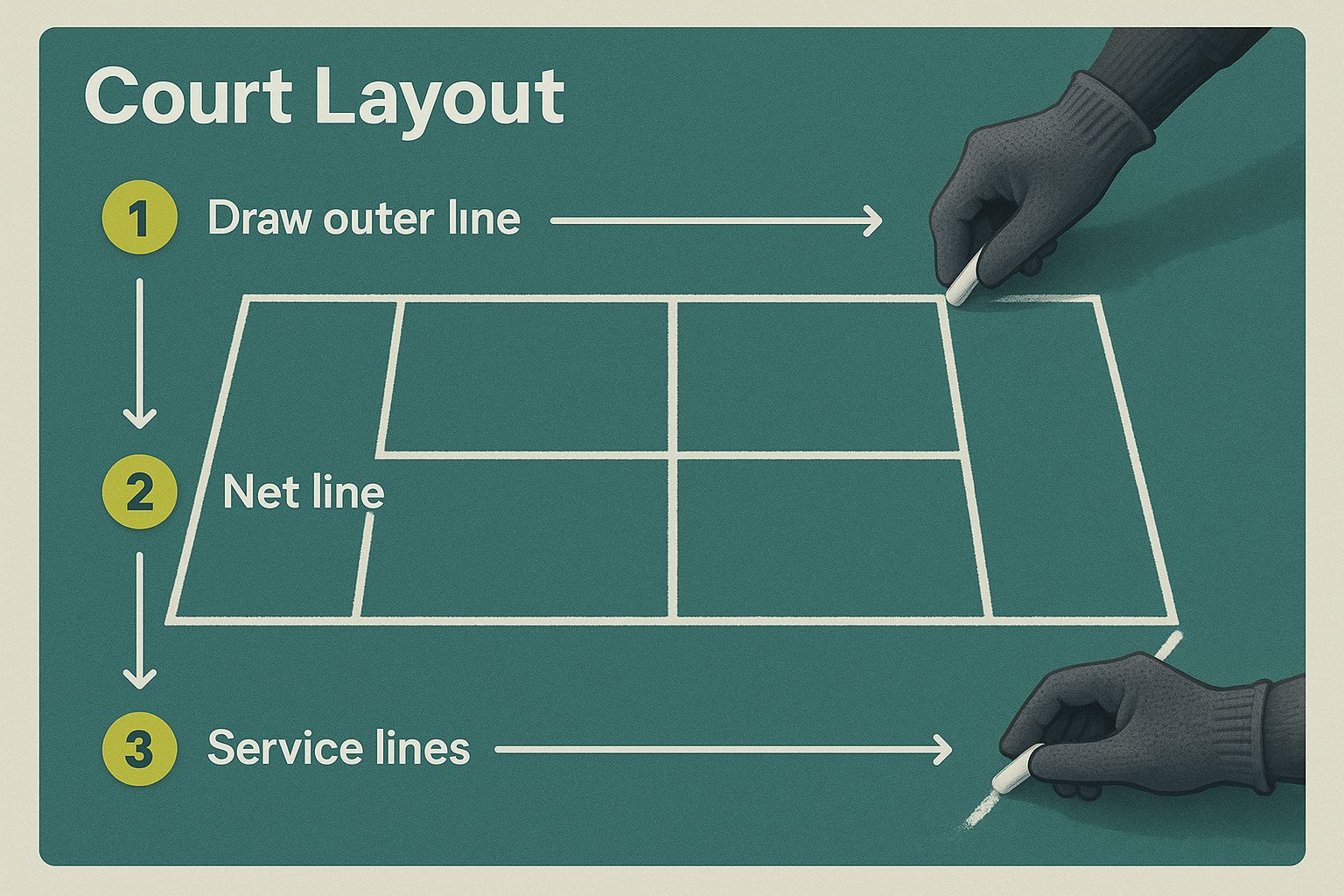
As you can see, getting the measurements for the service lines and court boundaries perfect is essential, as they are integrated right into the turf. The seams are joined from underneath using a special seaming tape and a powerful, weatherproof adhesive. When it's done right, you shouldn't be able to see the seams at all, creating one uniform playing surface.
Once the turf is secured, the sand is spread evenly across the entire court with a drop spreader. The final step is to brush it vigorously to work the sand deep down into the fibers, bringing the court to life.
Padel Court Turf Comparison
Choosing the right turf often comes down to balancing performance, budget, and maintenance. The three most common types—Monofilament, Fibrillated, and Textured Monofilament—each have their own unique characteristics that cater to different needs.
| Turf Type | Key Feature | Play Speed | Durability | Best For |
|---|---|---|---|---|
| Monofilament | Individual, upright fibers for a true bounce | Fast | Excellent | Professional clubs and competitive play |
| Fibrillated | Wide fibers split to hold sand | Medium | Good | Recreational clubs and multi-use facilities |
| Textured Monofilament | Curled fibers that encapsulate sand, less maintenance | Medium-Slow | Very Good | Facilities wanting lower maintenance and player comfort |
Ultimately, monofilament remains the top choice for serious play due to its superior speed and durability, while fibrillated and textured options provide excellent alternatives for different budgets and maintenance capabilities.
Lighting Systems and Finishing Touches
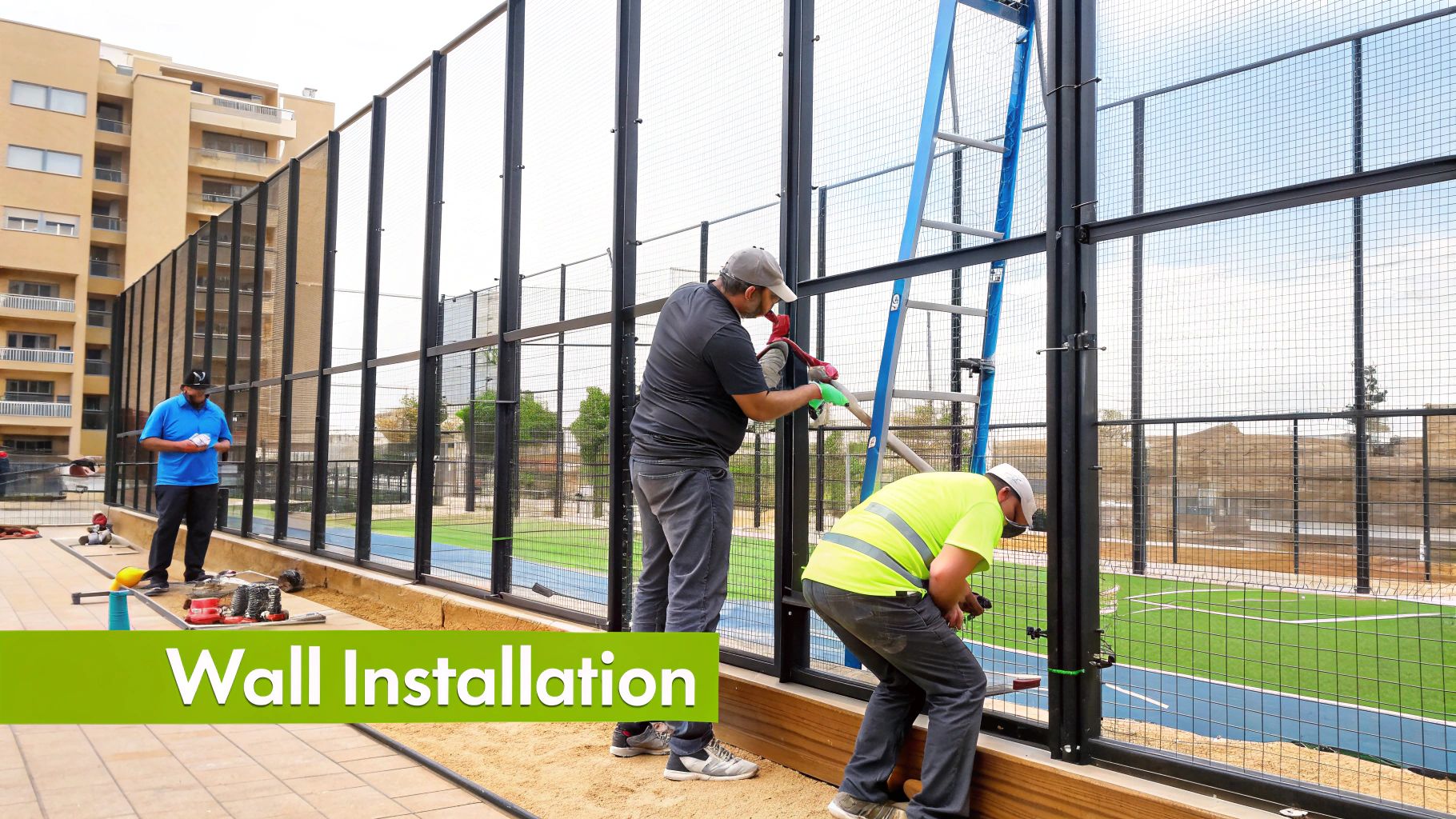
With the bones of the court in place and the turf rolled out, you're on the home stretch. But this next phase is what turns a playing surface into a premier destination. We're talking about the final elements that extend playing hours, guarantee safety, and give your court that professional polish players expect.
Let's start with what is arguably the most critical finishing touch: proper lighting. A great lighting system is about much more than just playing after sunset. It creates a safe, brilliant environment that elevates the entire experience. For any facility looking to maximize court time and revenue, this is a non-negotiable part of modern padel tennis court construction.
Selecting the Right Padel Court Lighting
Forget the old days of buzzing, energy-guzzling metal halide lamps. LED lighting is the undisputed king for padel courts now, and for very good reasons. They’re brighter, use a fraction of the energy, and last so much longer that your maintenance headaches (and costs) practically disappear.
The main goal here is to wash the entire playing surface in uniform light, killing any harsh shadows or blinding glare. You'll typically achieve this by installing four to eight tall lighting posts around the court's perimeter, positioned to cast light down at the perfect angle.
Achieving Optimal Lux Levels
The brightness of your court is measured in lux, and the level you need really depends on who will be using the court. There's no sense in paying for broadcast-level lighting if your court is for casual weekend games. Matching the system to your needs is the smartest way to manage your budget.
- Recreational Play: For private courts and clubs where the vibe is casual, a brightness of around 200-300 lux is the sweet spot. It offers great visibility without being overkill.
- Competitive and Tournament Play: If you're planning to host leagues or tournaments, you need to step it up. The industry standard here is 400-500 lux, ensuring players and spectators can track every fast-paced rally without missing a beat.
Expert Takeaway: Uniformity is just as important as brightness. A court with an average of 300 lux but with dark corners and bright spots is worse than a court with a consistent 250 lux everywhere. Focus on an even light distribution.
Essential Finishing Touches and Accessories
Beyond the lights, a few other pieces are needed to get the court ready for its first match. These might seem like small details, but they are crucial for safety, function, and creating a professional atmosphere that players will remember.
First up is the net and post system. Padel nets are a bit lower than their tennis counterparts, with a regulation height of 88 cm at the center, rising to 92 cm at the posts. Make sure the posts are anchored securely and the net tension is just right—firm, but not so tight that it's a safety hazard.
Next, think about player comfort and convenience. A truly pro setup includes:
- Secure Gates: The entry gates need to be solid and, for safety, should always open outwards, away from the court.
- Player Benches: A couple of benches just outside the court give players a place to rest and strategize between games.
- Landscaping: Don't underestimate the power of thoughtful landscaping. It boosts aesthetics, can provide natural shade, and even helps buffer noise.
The explosive growth of padel really drives home the need for these high-quality finishes. In 2023 alone, a staggering 5,816 new courts were built across the globe, bringing the total to over 43,000. That 16% industry growth means new facilities have to offer a premium experience to stand out.
Finally, especially for outdoor courts, you can't ignore Mother Nature. To protect your investment from the elements, it's wise to consult a comprehensive guide to lightning protection systems. Taking these final steps ensures your court isn't just beautiful and functional, but also safe for years to come.
Breaking Down Padel Court Construction Costs
Jumping into a padel tennis court construction project without a solid grasp of the finances is a classic rookie mistake. It's easy to wish for a single price tag, but the truth is that building a court is a multi-layered investment. Knowing exactly where your money is going is the first real step to creating a smart budget.
Instead of a ballpark figure, let's pull apart the investment piece by piece. The final number isn't just the turf and glass you see; it’s the sum of everything from moving dirt to flicking on the lights. A standard outdoor padel court is going to set you back anywhere from $25,000 to over $50,000, and your choices at every turn will dictate where you land in that range.
The Foundational Costs: Groundwork and Concrete
Your first big-ticket items are the groundwork and foundation. This is the behind-the-scenes work that nobody sees but everyone relies on for the court's durability. If the site you've picked isn't flat or has sketchy soil, you can bet these costs will climb.
- Site Preparation: This covers the excavation, leveling the ground, and setting up proper drainage. Costs here can swing from $3,000 to $8,000, mostly depending on what condition the site is in to begin with.
- Concrete Slab: For a pro-level court, a reinforced concrete foundation is non-negotiable. This usually runs between $8,000 and $15,000, which includes both materials and the labor for the pour.
Trust me on this: the foundation is the last place you want to cut corners. A shoddy base leads to cracks, an uneven playing surface, and a host of other problems that are a nightmare to fix down the road.
Structure and Surface: The Court Itself
Once your foundation is solid, the next chunk of the budget goes to the court structure and playing surface. This is where you'll find the most wiggle room on price, based on the quality of materials and the style of court you're building. A standard court is always going to be more budget-friendly than a sleek panoramic model with minimal posts and maximum glass.
The main expenses to plan for here are:
- Steel Structure: The galvanized steel frame that forms the skeleton of the court, including all the posts and mesh, will typically cost between $7,000 and $12,000.
- Glass Panels: Tempered glass is a major expense. You should budget $6,000 to $10,000 for 12mm panels—I always recommend this thickness for safety and top-tier performance.
- Artificial Turf: For high-quality monofilament turf and the required silica sand infill, you’re looking at a cost of $4,000 to $7,000.
From my experience, spending a bit more on better materials like 12mm glass and premium turf really does pay off. They last longer and create a much better playing experience. Players can feel the difference, which is a huge selling point if you're building a commercial facility.
Finishing the Project: Lighting and Labor
The final pieces of the puzzle involve the finishing touches and, of course, the people putting it all together. Lighting is a must-have for getting the most playing time out of your court, and a full LED system will cost between $3,000 and $6,000.
Labor is the other big variable. You need professional installers for a project of this size, and their work can easily account for 20-30% of your total budget. This isn't a DIY job; you're paying for experience that ensures everything is aligned, secure, and built to last.
To get a feel for the specific costs in your area, a tool like a construction material cost predictor can be incredibly helpful for fine-tuning your budget.
Here’s a simplified breakdown of how those costs typically stack up for a standard outdoor court.
Estimated Padel Court Construction Cost Breakdown
This table provides an itemized look at the typical costs for various components of a standard outdoor padel court, helping you see how the total budget is allocated.
| Component | Estimated Cost Range (USD) | Percentage of Total Budget |
|---|---|---|
| Site Preparation & Drainage | $3,000 – $8,000 | ~10-15% |
| Reinforced Concrete Slab | $8,000 – $15,000 | ~25-30% |
| Steel Structure & Mesh | $7,000 – $12,000 | ~20-25% |
| 12mm Tempered Glass Panels | $6,000 – $10,000 | ~15-20% |
| Artificial Turf & Sand | $4,000 – $7,000 | ~10-15% |
| LED Lighting System | $3,000 – $6,000 | ~5-10% |
| Professional Labor | (Varies; ~20-30% of project) | ~20-30% |
Keep in mind that these figures are estimates. Your final cost will depend on your location, material choices, and the specific challenges of your site.
If you want to go even deeper, our guide on understanding padel court construction costs has more detail. By planning for each of these categories, you can build a budget that holds up and avoid those nasty surprises on the way to building your perfect padel court.
Common Padel Court Construction Questions
Taking on a padel tennis court construction project always stirs up a bunch of questions. It doesn't matter if you're a private owner dreaming of a court in your backyard or a club manager planning an expansion—getting solid answers is the only way to move forward with confidence. Let's dive into some of the most common questions we get, with straightforward answers to help you map out your build.
One of the first things everyone wants to know is the timeline. How long does this actually take? From the day you break ground to the moment you hit that first serve, a typical outdoor padel court build takes somewhere between four to six weeks.
That timeframe, of course, assumes things go smoothly. You've got good weather, no surprise issues with permits, and the site work is straightforward. If you run into extensive groundwork, tricky weather, or custom features, it's not unusual to see another week or two added to the schedule. The best move is to get a realistic timeline from your contractor before any work begins.
How Much Maintenance Does a New Court Need?
A brand-new padel court isn't something you can just set and forget. To protect your investment and keep it playing perfectly, you need to start a maintenance routine from day one. The good news? It’s not as demanding as you might think.
Your main job will be brushing the artificial turf regularly. This keeps the silica sand infill spread out evenly, which is absolutely vital for a true ball bounce and good drainage. A good rule of thumb is to brush the court at least once a week—more if it’s getting a lot of play.
Beyond that, you’ll want to stay on top of a few other key tasks:
- Debris Removal: Make a habit of clearing off leaves, twigs, and any other organic stuff. If left to break down, it can clog up your turf’s drainage system.
- Glass Cleaning: Keep the glass walls sparkling with a simple soap and water solution. This ensures great visibility for both players and anyone watching.
- Weed Control: As needed, apply a water-based herbicide around the court's perimeter. This stops any rogue weeds from creeping onto your playing surface.
A Proactive Approach to Maintenance: We always tell our clients to think of maintenance as a standard operating cost. Setting aside a small budget for supplies and the occasional professional deep clean will pay for itself over and over, easily extending the life of your turf by years.
Choosing Between Standard and Panoramic Courts
Another big decision you'll face is the type of court structure. The choice between a standard and a panoramic court really boils down to three things: looks, spectator experience, and budget.
A standard court is the classic design you see most often. It has steel posts at the corners and along the back glass for structural support. It’s perfectly functional for gameplay and gets the job done well. This is also the most budget-friendly option, making it a go-to for clubs and private homes where cost is a major factor.
On the flip side, a panoramic court is all about creating an incredible, unobstructed view. It gets rid of those corner and rear posts, instead using thicker glass panels and a beefed-up frame on the sides for stability. The result is a clean, wide-open look that’s amazing for spectators—perfect for a "center court" at a big facility.
The trade-off here is the price tag. A panoramic court can run 15-25% more than a standard one because it requires thicker, structural glass and a more complex frame. The installation process is also more involved and requires special equipment to handle those massive, heavy glass panels.
So, what’s the right call? If your goal is maximum playability on a reasonable budget, a standard court is a fantastic choice. But if you’re building a top-tier facility and want to offer the absolute best viewing experience for events and tournaments, that extra investment in a panoramic court is usually money well spent.
At Padel Rumors, we are dedicated to providing the most detailed and practical information for every aspect of the sport. Whether you are building a court, choosing a racket, or following the latest tour news, we have the resources you need. Explore our guides and articles at https://padelrumors.pages.dev.


